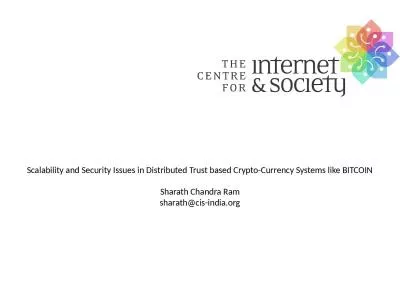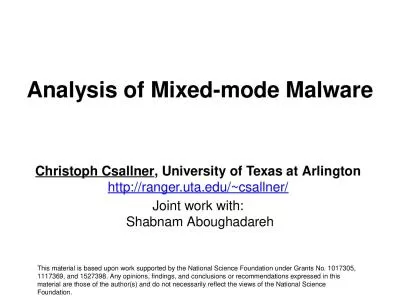PPT-Enabling Distributed Threat Analysis: Common Attack Patterns and Malware Characterization
Author : liane-varnes | Published Date : 2018-12-16
Sean Barnum Penny Chase Aug 2011 Premise Building secure systems and effectively responding to incidents requires an understanding of the relevant threats An actionable
Presentation Embed Code
Download Presentation
Download Presentation The PPT/PDF document "Enabling Distributed Threat Analysis: Co..." is the property of its rightful owner. Permission is granted to download and print the materials on this website for personal, non-commercial use only, and to display it on your personal computer provided you do not modify the materials and that you retain all copyright notices contained in the materials. By downloading content from our website, you accept the terms of this agreement.
Enabling Distributed Threat Analysis: Common Attack Patterns and Malware Characterization: Transcript
Download Rules Of Document
"Enabling Distributed Threat Analysis: Common Attack Patterns and Malware Characterization"The content belongs to its owner. You may download and print it for personal use, without modification, and keep all copyright notices. By downloading, you agree to these terms.
Related Documents

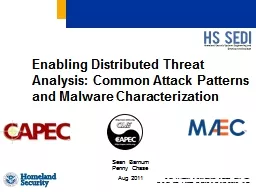
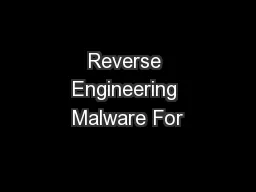
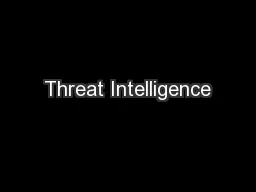
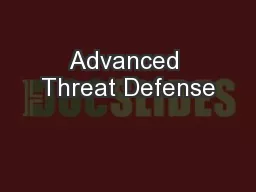
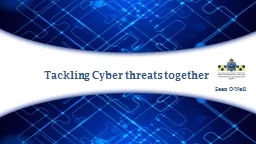
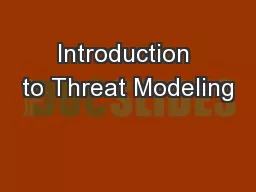

![[Restricted] ONLY for designated groups and individuals](https://thumbs.docslides.com/644826/restricted-only-for-designated-groups-and-individuals-1220886.jpg)




